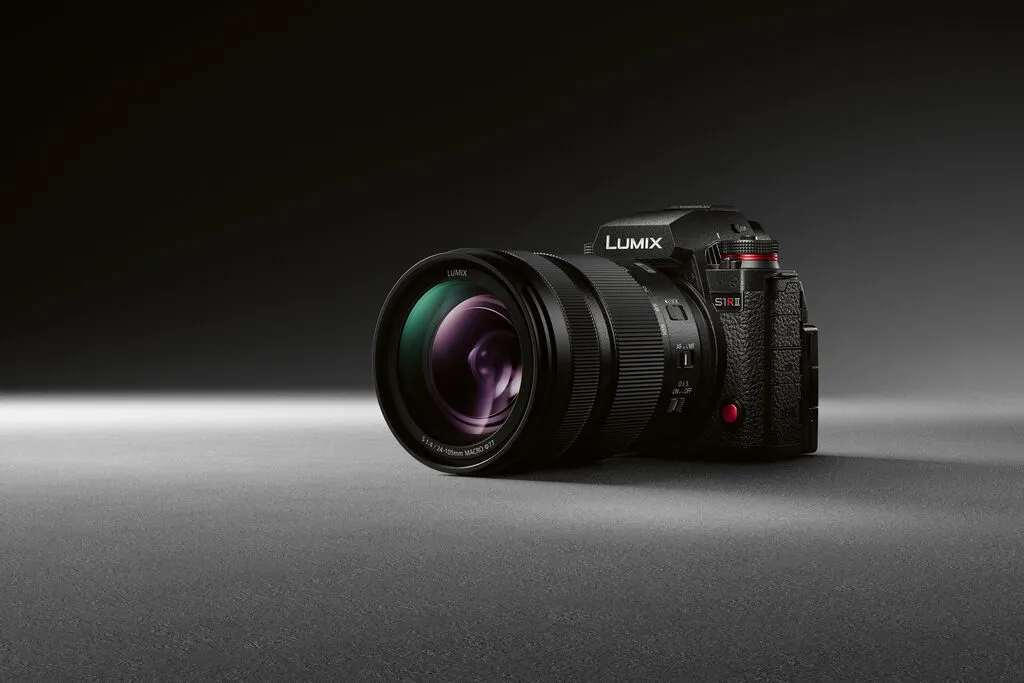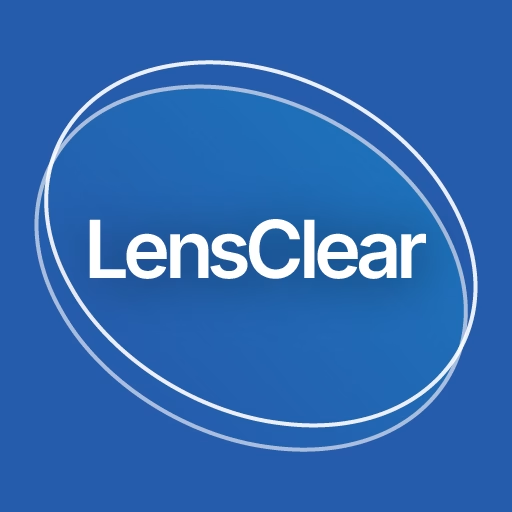
Okay, fellow photo fanatics, let’s talk turkey – or should I say, talk camera? I’ve been on a quest, a photographic pilgrimage if you will, for the perfect camera. And recently, my gaze has been locked on the rumored Panasonic S1R II. Now, I know what you are thinking: “Another camera article? Yawn!” But trust me, this isn’t your average spec-sheet snoozefest. This is a journey of the heart, a comedic exploration of cutting-edge tech, and a healthy dose of “what ifs?”. So, buckle up, grab your favorite lens, and let’s get started!
The Leica SL3 Doppelganger: A Tale of Two Cameras or Maybe One?
The very first whispers about the S1R II that reached my ears were… intriguing. Apparently, it’s rumored to be rocking the same core hardware as the Leica SL3. Yes, you heard me right. The legendary Leica, the camera that makes my wallet weep by just staring at it. And, it seems, the SL3 is, uh, assembled by Panasonic. I mean, what a plot twist! So, is it a carbon copy? A “rebadged” version? Or has Panasonic decided to flex some serious muscle and make something truly unique with the SL3’s core?
Kind of like when you see a celebrity wearing the same outfit you got at Target – it makes you feel at once validated and slightly suspicious. But here’s the thing: The Leica SL3 features a 60MP BSI CMOS sensor, phenomenal 15 stops of dynamic range, and 8K video. That’s the same sensor that the Panasonic S1R II might very well employ, but what Panasonic brings 1 to the table is where things get interesting. This has the potential to be a high-resolution behemoth with a not-quite-Leica price tag. And let’s be real, the price is a big factor as well, as we have to feed the family and cannot sell one kidney every time we want new glass!
The High-Pixel Peril: High ISO and the Dreaded Jello
Now, high-megapixel cameras-like the rumored S1R II-face two major challenges: high ISO performance, or noise in low light, and rolling shutter “jello” effects, where straight lines look wobbly when panning quickly, especially when recording video. It’s like a superhero with a Kryptonite allergy-all that power, but with a very specific weakness.
But it is in this regard that I hope the S1R II will strut its stuff. When working on the S1R, Panasonic had some genuine interest in testing its video capabilities, and with this camera, it has the possibility of shining. So hopefully, they implement some Dual Gain Output, or even DGO technology, similar perhaps to what was already done for the GH6, which, indeed enhances dynamic range and noise performance. I believe we will see the 60MP sensor capable of 8K30 and 4K60 full-frame recording. But only time, and more importantly, the processors that will be used, will tell for sure.
And those rumored specs do get me excited. Already, the Leica SL3 has dynamic range around 15 stops! And, well, I’m hoping that Panasonic’s V-Log and DGO magic might push that to an even more awesome 16 stops! It’s not a matter of just +1 between 15 and 16 stops in the dynamic range; it is an exponential improvement.
What’s more, rumors say this new sensor is a lot better at low light than the previous generation. If it does feature an S1R II with a dual native ISO system-like, perhaps triple native ISO, though I’m not holding my breath-the night photography will be just excellent. A function like the Dual Native ISO found on cameras such as the S5II allows for easier attainment of high sensitivity with suppressed noise through the toggling of base sensitivities, and we can even see triple native ISOs in action. As with the case with the Panasonic BGH1, Auto/160-51200 in standard ISO options, or using Auto 80-204800 in the extended ISO while setting for low sensitivity could be AUTO/160-800 or high sensitivity AUTO/800-51200 with dedicated settings. If it has anything, putting that in the S1R II, night photography becomes utterly viable.
Video Dreams: Blackmagic RAW, Pixel Binning, and Smoother Clips
Okay, so let’s say my video needs are not the end. For my means, the S5II suffices, but really, I could have used just a bit more of that buttery goodness-a smoother and more polished feeling which the nicer codecs would achieve. And, man, was it an eye-opener – the GH7 going to Blackmagic RAW! Its dark shadow details, black and white noise, crisp colour noise-what a real treat to work with. If this is what the S1R II is going to bring into the full-frame world, then I will be as happy as a clam. Blackmagic RAW (BRAW) is a high-performance RAW codec which is fast finding a lot of favor amongst filmmakers. It moves part of the demosai[5]c processing from the computer’s CPU into the camera itself, resulting in incredibly efficient encoding for a great RAW experience.
That brings me to the dreaded “jello effect” of rolling shutters. This is where the sensor doesn’t record the full frame at once, but rather line by line from top to bottom. A fast panning shot can cause straight lines to wobble. And Panasonic, I think, will be addressing this. I feel that Panasonic might introduce a 4-in-1 pixel binning mode to speed up the readout speeds. Pixel binning is a process where the data of four neighbouring pixels are combined into one “superpixel” to help improve the image quality and sensitivity. If they do, we might see a resulting 4.8K image from the 60MP sensor, and that really excites me!
And I know I am dreaming here, but it would be great if Panasonic implemented some kind of system where one could easily switch between a 60MP resolution mode and the pixel binned mode, similar to what was done with the Sony a7R V, thus giving me the best of both worlds!
Autofocus and the Little Things Okay, autofocus improvements are always nice, but let’s be real here: the current L-mount lens lineup isn’t exactly chock-full of lenses that would tax the AF system. That said, I really want to see Panasonic optimize the AF algorithms, maybe throw in some of that AI-powered tracking we’ve heard about. It’s the little things that can often make a big difference.
And while they are at it, can Panasonic throw in a few extra goodies? How about making the handheld “pixel shift” feature even better, that captures multiple images and merges them to give a huge mega pixel images? If the S1R II could synthesize a 100MP image from just a couple of shots, I would be all for that!
The Reality Check: A Rebadged SL3?
But here’s where the cold splash of reality hits: there’s a very real possibility that the S1R II might just be a souped-up version of the Leica SL3-a rebadged copy with Panasonic’s own software and features sprinkled on top. And you know what? It’s okay too. I’m probably going to be pleased come what may.
The Leica SL3 has a 60MP full-frame BSI CMOS sensor, outstanding 5-axis IBIS, and a fast hybrid phase/contrast detect AF. It has 8k video recording in H.265 plus 1080p in ProRes, a 5.76M dot OLED EVF, and a 2.33M dot tilting rear touch screen. These would be specs I would want on any camera, so if it is in this form that the S1R II realizes, that would be simply great.
The rumour mill is suggesting that it’ll have a 60MP sensor, 8K video capabilities, dual base ISO, CFexpress type B and SD Card slot, that’s all the hallmar[8]ks of the Leica SL3. I understand that Leica and Panasonic have a good relationship, as they have been working together since 2001!
The Waiting Game (and My Lens Wishlist)
So, will we see the S1R II this February? God, I hope so! But knowing Panasonic, I’m not going to be holding my breath! In the meantime, I am doing my little retail therapy, actually choosing new lenses for this dream camera. And when I do eventually get the S1R II-if I do-maybe I will also be getting the Sigma 28-105mm f/2.8 DG DN Art and probably the Sigma 14mm f/1.4 DG DN Art.
The Sigma 28-105mm f/2.8 is an extremely useful lens, which provides an extended focal length range, with a fa[11]st constant aperture. Minimum focusing distance of 15.8″ across the full zoom gives detailed close-ups. A high-response linear actuator motor is employed, ensuring accurate and quiet autofocus. It also includes a rounded 12-blade diaphragm for pleasing circular bokeh.
The Sigma 14mm f/1.4, on the other hand, is a true lens for the stars: it provides an enormous 114° angle of view that’s just ideal for astrophotography; fast f/1.4 aperture that makes this lens a real champion in the conditions of low-light; the lens has high response linear actuator motor standing for autofocus, and it features 19 elements in 15 groups including 3 aspherical and low dispersion elements.
A New Dawn For Panasonic?
Ultimately, I’m excited about the possibilities that the Panasonic S1R II could bring. Whether it’s a dressed-up Leica or an entirely new beast, I’m hoping that Panasonic shows off its strengths in video.
The camera world in 2025 is going to be interesting, with multiple manufacturers bringing out new equipment. Panasonic have a big challenge ahead of them, but I’m hoping, that they will create a product that’s more than just a “rebadged” offering.
To me, the journey for the perfect camera is not over, but with S1R II, I feel that I am closer to what I am looking for. So, I will be keeping my eyes peeled, my wallet ready, and my sense of humor intact!
